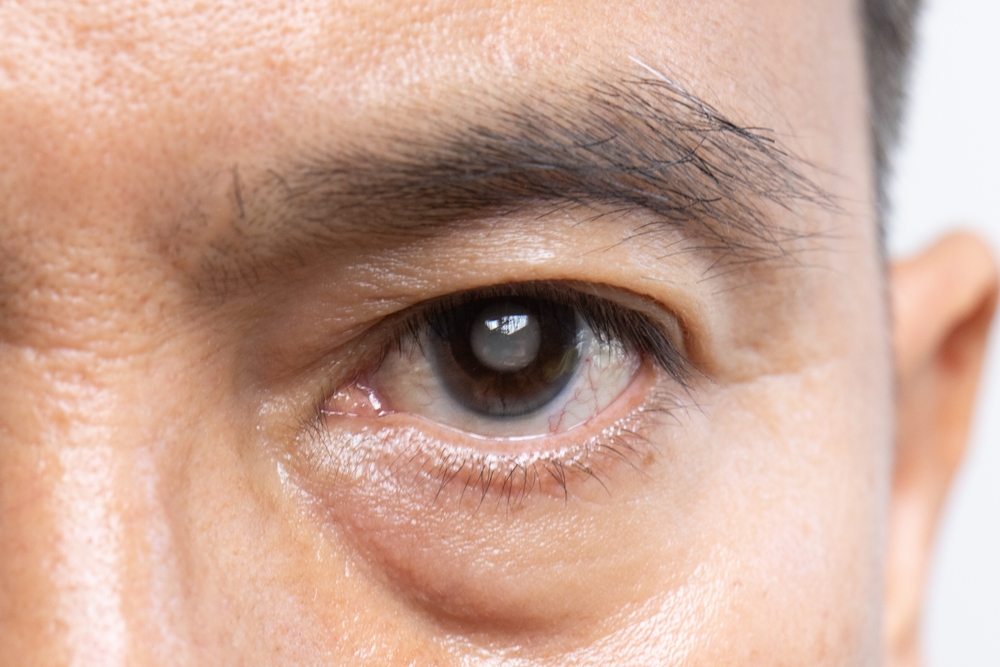
Intraocular pressure, or IOP, plays a central role in the health of your eyes, particularly when it comes to glaucoma. At Eye Care Center of North Jersey, we believe that understanding the basics of IOP and its connection to glaucoma can empower you to protect your vision.
What Is Intraocular Pressure?
Intraocular pressure refers to the fluid pressure inside the eye. The eye constantly produces a fluid called aqueous humor, which nourishes the eye and maintains its shape. Typically, this fluid flows out through a drainage system at the angle where the iris and cornea meet. When the balance between fluid production and drainage is disrupted, it can cause an increase in IOP. Normal IOP levels generally range between 10 and 21 mm Hg (millimeters of mercury), although this can vary from person to person.
Why Is IOP Important?
Healthy IOP is essential for maintaining the eye’s shape and supporting the function of its delicate structures. When IOP is too high, however, it can damage the optic nerve, which transmits visual information from the eye to the brain. Left untreated, high intraocular pressure can lead to permanent vision loss.
How IOP Relates to Glaucoma
Glaucoma is a group of eye diseases that damage the optic nerve, often due to elevated IOP. While high intraocular pressure is a primary risk factor, it’s important to note that glaucoma can still develop in people with normal IOP levels, a condition known as normal-tension glaucoma. Conversely, some individuals with higher-than-average IOP may never experience optic nerve damage, which is known as ocular hypertension.
Types of glaucoma include:
Open-Angle Glaucoma: The most common type, where the drainage system becomes less effective over time, gradually increasing IOP.
Angle-Closure Glaucoma: A less common type that occurs when the drainage angle suddenly becomes blocked, causing a rapid increase in IOP.
Normal-Tension Glaucoma: Despite normal IOP levels, optic nerve damage still occurs.
Symptoms of Elevated IOP and Glaucoma
In the early stages, glaucoma and elevated IOP often present no symptoms, which is why regular eye exams are essential. As glaucoma progresses, symptoms may include:
Loss of peripheral (side) vision
Tunnel vision
Severe headache or eye pain (in acute cases)
Blurred vision
Diagnosing and Monitoring IOP
During a comprehensive eye exam at Eye Care Center of North Jersey, our doctors check IOP as part of the glaucoma screening process. Measuring IOP is quick and painless, typically performed using one of the following methods:
Tonometry: A tool gently touches the surface of the eye to measure IOP.
Puff of Air Test: This non-contact test measures IOP by gauging the eye's resistance to a brief puff of air.
If elevated IOP is detected, further tests such as optic nerve imaging, visual field tests, and corneal thickness measurements may be recommended.
Protecting Your Vision with Regular Eye Exams
Regular eye exams are critical for detecting changes in IOP and early signs of glaucoma. We can help you maintain healthy vision by providing comprehensive exams, advanced diagnostics, and personalized treatment plans.
Schedule your next eye exam with Eye Care Center of North Jersey to learn more about intraocular pressure, glaucoma risk, and how we can help preserve your eye health for years to come. Visit our office in Scotch Plains, New Jersey, or call (908) 322-8040 to book an appointment today.


